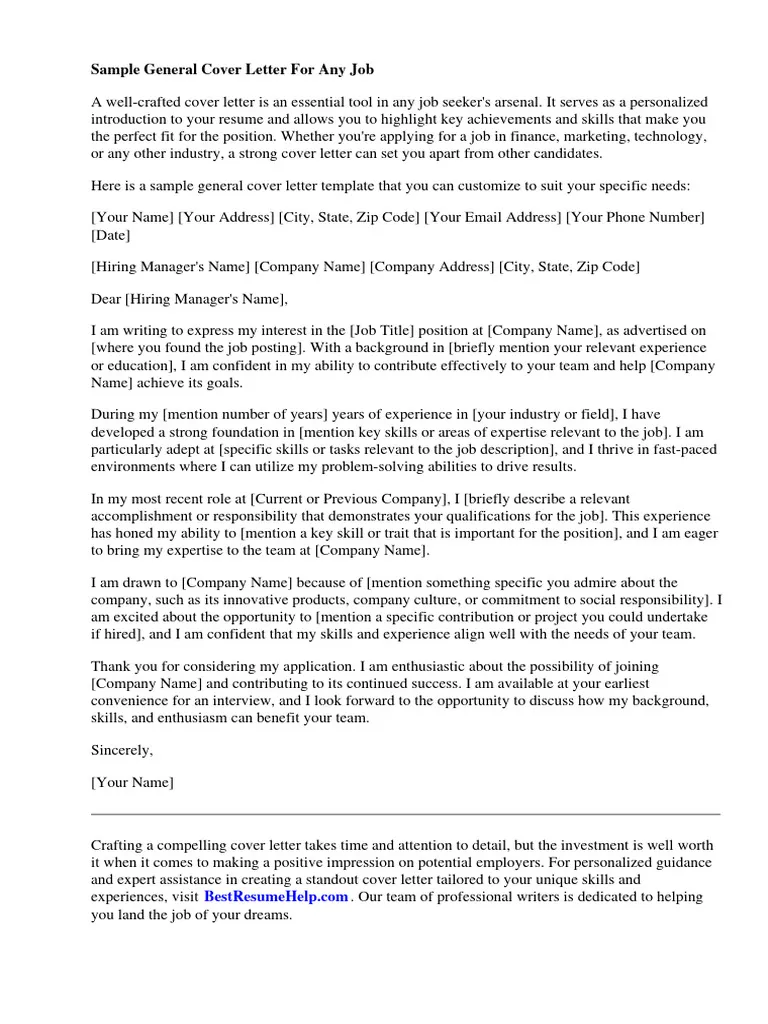Why an Internal Cover Letter Matters
Applying for a job within your current company offers a unique advantage. You’re already familiar with the company culture, values, and often, some of the people. However, an internal cover letter is still crucial. It provides an opportunity to articulate why you’re the best fit for the new role, emphasizing your understanding of the company’s goals and how your skills align with them. It demonstrates your initiative and commitment to your professional growth, signaling to the hiring manager that you’re serious about the opportunity and invested in the company’s success. A well-crafted cover letter can set you apart from other internal candidates, showing that you’ve thoughtfully considered the role and are prepared to contribute to it effectively. It gives you a chance to showcase your enthusiasm and make a compelling case for your candidacy, even if you already have a good rapport with the team.
Highlighting Your Accomplishments
One of the most important aspects of your internal cover letter is highlighting your accomplishments. Go beyond simply listing your responsibilities in your current role. Instead, focus on what you’ve achieved. Use the STAR method (Situation, Task, Action, Result) to structure your examples. Describe the situation you were in, the task you were assigned, the actions you took, and the positive results you achieved. Quantify your accomplishments whenever possible. For example, instead of saying ‘Improved customer satisfaction,’ say ‘Increased customer satisfaction scores by 15% within six months through implementing a new feedback system.’ This demonstrates your impact and provides concrete evidence of your abilities. Choose accomplishments that are relevant to the new role, showcasing skills and experiences that align with the job requirements. Make sure to tailor your examples to the specific needs of the new position.
Quantifying Your Contributions
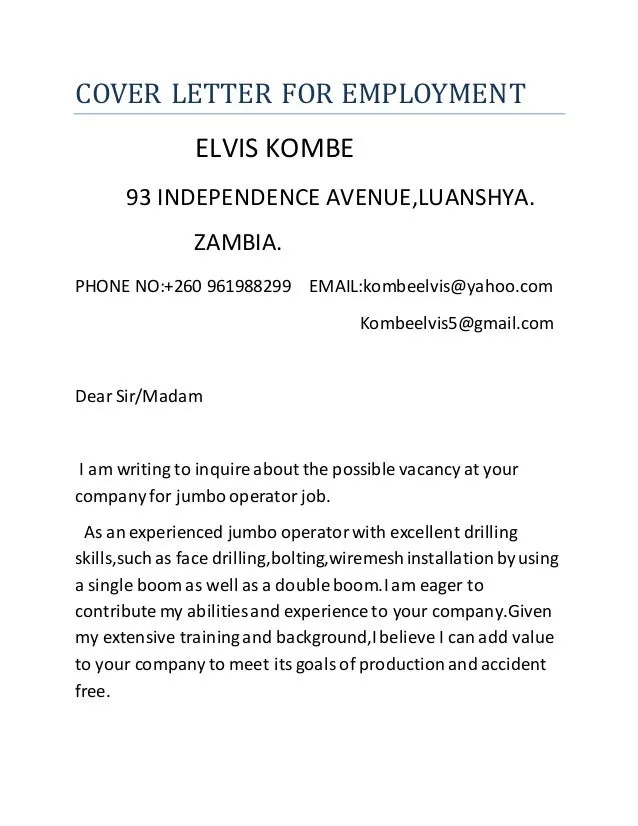
Quantifying your contributions is key to making your accomplishments stand out. Numbers and metrics add credibility and demonstrate the tangible impact you’ve made. When describing your achievements, use data to illustrate your success. Consider how you’ve saved the company time, money, or resources. Did you streamline a process, leading to a reduction in costs or an increase in efficiency? Did you generate new leads, increase sales, or improve customer retention rates? Provide specific figures to support your claims. For instance, ‘Increased sales by 20% in Q2’ or ‘Reduced project completion time by 10%’. This data not only validates your capabilities but also provides the hiring manager with a clear understanding of the value you bring to the table. This data can also be used in the resume.
Showcasing Company Knowledge
An internal job application gives you a chance to demonstrate your existing knowledge of the company, its products, services, and values. This is a significant advantage over external candidates who may be less familiar with the organization. Show that you understand the company’s mission, its current challenges, and its strategic goals. Mention how you believe the new role will contribute to the company’s overall success. Provide examples of how you’ve contributed to company initiatives in the past. This demonstrates your commitment to the organization and your understanding of its operational dynamics. This knowledge sets you apart and signals to the hiring manager that you’re not just looking for a new job, but a role where you can make a real contribution to the company’s future. Refer to company projects.
Demonstrating Your Passion
Your internal cover letter is an excellent opportunity to express your enthusiasm for the new role and the company. Let your passion shine through. Explain why you’re excited about the opportunity and how it aligns with your career goals. Mention specific aspects of the role that appeal to you, showing that you’ve researched the position and are genuinely interested in it. Your enthusiasm demonstrates your commitment and your desire to contribute to the team’s success. This is especially important when applying for an internal position, as it highlights your dedication to the company and your willingness to grow within the organization. Share your interest in the role and how you plan to leverage your skills to make a difference. Your enthusiasm is contagious and can make a positive impression on the hiring manager, making you a more attractive candidate.
Tailoring Your Letter
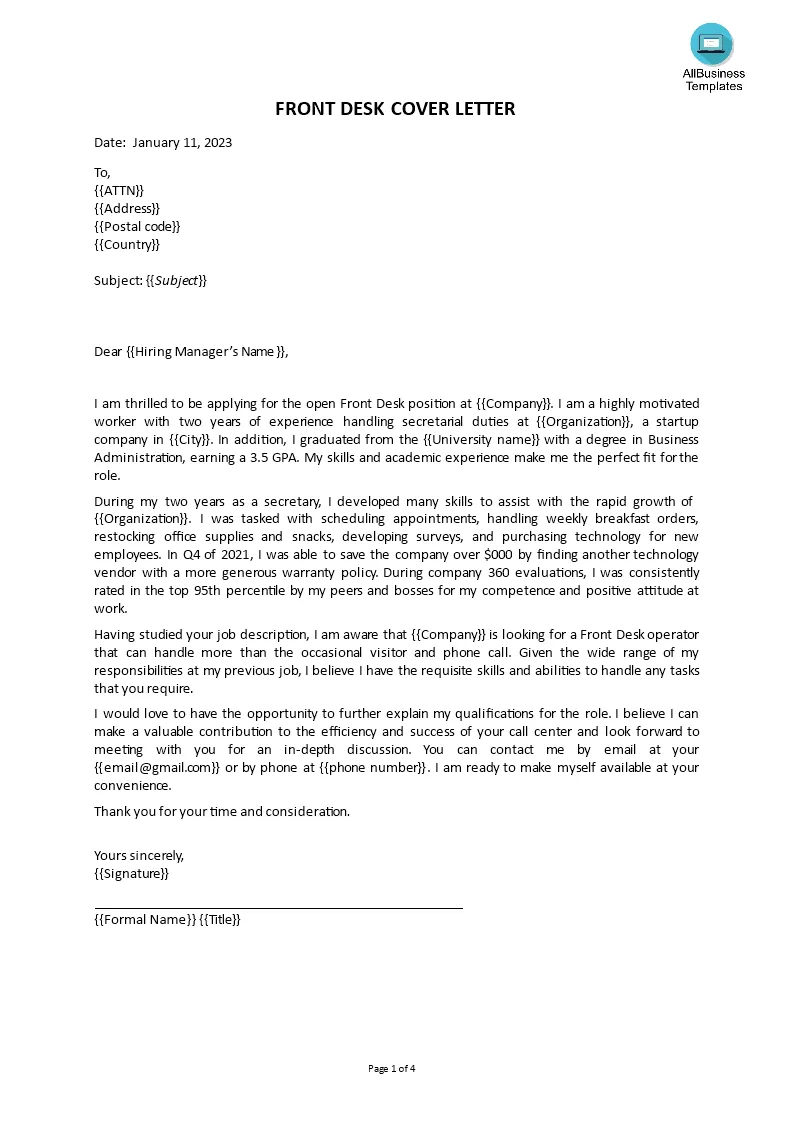
A generic cover letter won’t impress an internal hiring manager. Tailor your letter to the specific requirements of the job and the needs of the department. Carefully review the job description and identify the key skills and qualifications the hiring manager is seeking. Highlight your relevant experiences and accomplishments, emphasizing how they align with the job’s requirements. Use the same keywords and phrases as in the job description to show that you understand the role and can meet its demands. Research the department and its current projects. Show how your skills and knowledge can benefit the team. Personalizing your letter demonstrates that you’ve taken the time to understand the opportunity and are genuinely interested in the role. Tailoring your letter will make it feel more authentic and relevant.
Researching the Position and Department
Before writing your cover letter, thoroughly research the position and the department. Understand the role’s responsibilities, the required skills, and the team’s goals. Investigate the department’s recent projects, challenges, and successes. This research will help you tailor your cover letter to demonstrate your understanding of the role and how you can contribute to the team. Show the hiring manager that you have a clear understanding of the position and are prepared to contribute effectively from day one. This level of preparation demonstrates initiative and your commitment to the company. This shows that you’re not only interested in the job but also in the success of the department and the company. Show the hiring manager your efforts and dedication, the more the better.
Formatting and Structure
Your internal cover letter’s formatting should be professional and easy to read. Use a clear and concise font such as Arial or Times New Roman, and keep the font size between 10 and 12 points. Ensure that your letter has proper margins and is well-spaced for readability. Structure your letter in a way that highlights your key qualifications and demonstrates your understanding of the role. Start with a compelling opening that grabs the reader’s attention and states your purpose. Use concise paragraphs to showcase your accomplishments and qualifications. Be sure to include a professional closing that reiterates your interest in the role and expresses your gratitude for their consideration. The structure should be logical, making it easy for the hiring manager to quickly assess your suitability for the role. A well-formatted letter demonstrates attention to detail and professionalism.
Opening and Closing
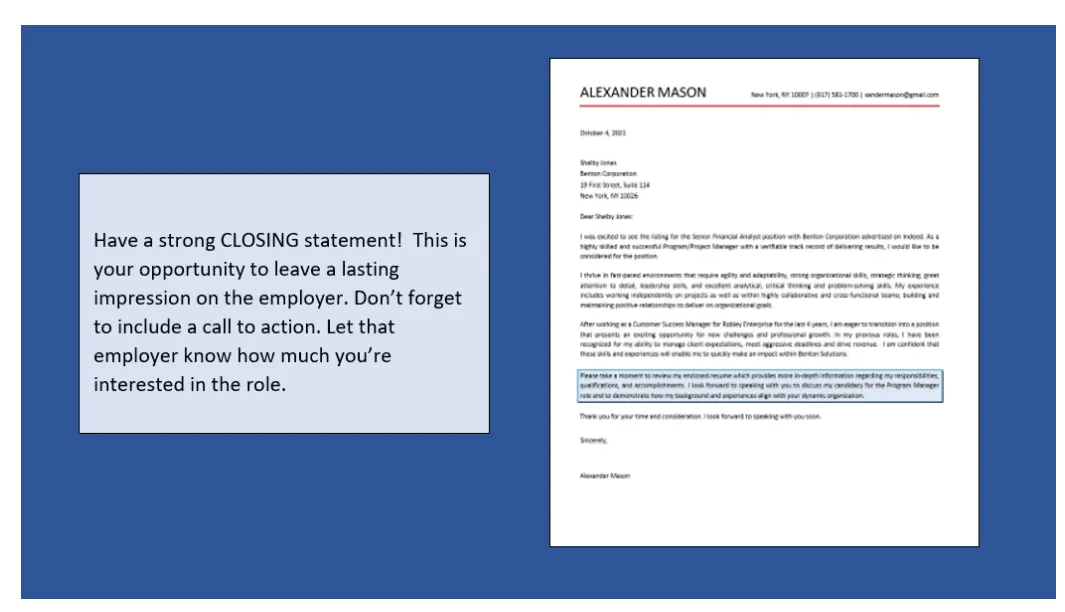
The opening and closing paragraphs of your cover letter are crucial for creating a positive first and lasting impression. In the opening, state the position you’re applying for and express your enthusiasm for the opportunity. Briefly highlight a key qualification or achievement that immediately grabs the reader’s attention. This sets the tone for the rest of the letter and encourages the hiring manager to read on. In the closing, reiterate your interest in the role and your commitment to the company. Express your gratitude for their time and consideration. Include a call to action, such as stating that you’re available for an interview. Ensure that the opening and closing are professional and reflect your genuine interest in the position. The opening is for the initial interest and the closing paragraph is to highlight your confidence and call to action.
Key Sections to Include
An effective internal cover letter includes several key sections that showcase your qualifications and enthusiasm. Start with a brief introduction stating the position you’re applying for and expressing your interest. In the body of the letter, highlight your relevant accomplishments and quantify them whenever possible. Explain how your skills and experience align with the job requirements. Emphasize your knowledge of the company and your understanding of its goals. Demonstrate your passion for the role and your eagerness to contribute to the team’s success. Conclude with a strong closing that reiterates your interest and includes a call to action. Each section must provide the hiring manager with the most important and relevant information, showing that you’re the right fit for the job. The most important part is the body paragraph as it demonstrates your skills.
Addressing the Hiring Manager
Whenever possible, address your cover letter to the hiring manager by name. This shows that you’ve taken the time to research the position and personalize your application. If you don’t know the hiring manager’s name, try to find it on the company website, LinkedIn, or by contacting the HR department. Using the hiring manager’s name demonstrates that you’ve taken the initiative to personalize your application, making it more likely to capture their attention. If you are unable to find the name, it is acceptable to use a general greeting, but addressing the letter to a specific person is always the better approach. A personalized greeting sets a positive tone and demonstrates your attention to detail.
Proofreading and Editing
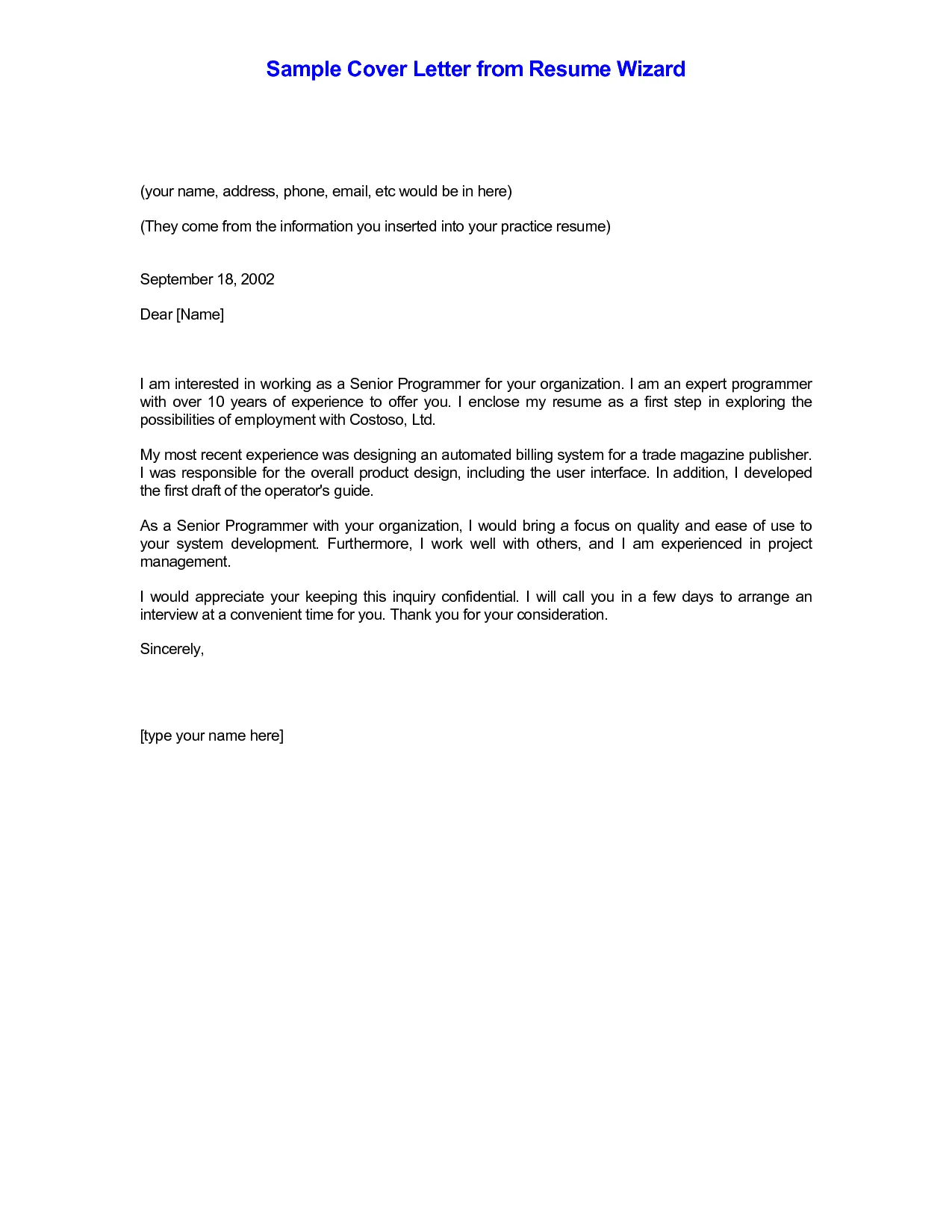
Before submitting your internal cover letter, proofread and edit it carefully. Ensure that the letter is free of grammatical errors, spelling mistakes, and typos. Pay attention to the tone and style, ensuring that it’s professional and engaging. Have a friend or colleague review your letter for any errors or areas for improvement. Proofreading demonstrates attention to detail and professionalism, reflecting positively on your candidacy. A well-written and error-free cover letter shows that you are serious about the opportunity and that you take pride in your work. Ensure your letter is polished and presents you in the best possible light. Proofreading is the final touch to show professionalism.
